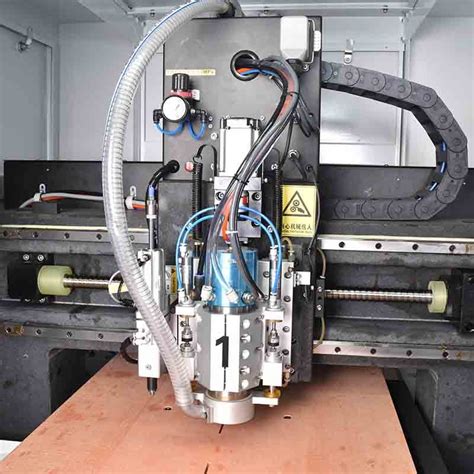
PCB Drilling: Definition, Types, and How It Works
What is PCB Drilling? PCB drilling is the process of creating holes in a printed circuit board substrate. These holes serve multiple purposes, including: Allowing[…]
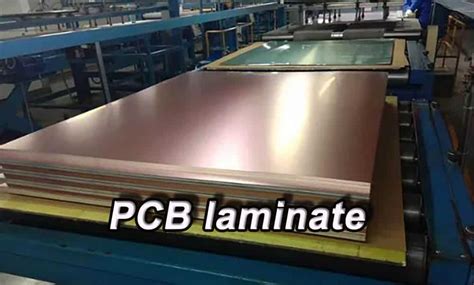
PCB Laminates: A Comprehensive Guide
What are PCB Laminates? PCB laminates are the base material used to manufacture printed circuit boards (PCBs). They provide the insulating layer and mechanical support[…]
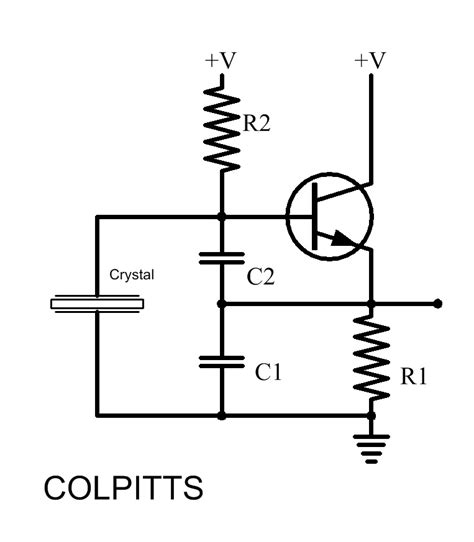
Colpitts Oscillator: Circuit Application and Its Advantages
Introduction to the Colpitts Oscillator The Colpitts oscillator is a type of LC Oscillator that generates a sinusoidal output waveform using a combination of inductors[…]
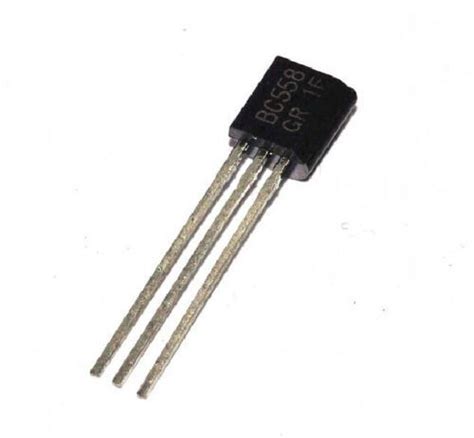
BC558 Transistor: Everything You Need to Know
What is a BC558 Transistor? The BC558 is a PNP transistor, meaning it has a positive-negative-positive layered structure. It is a general-purpose transistor commonly used[…]
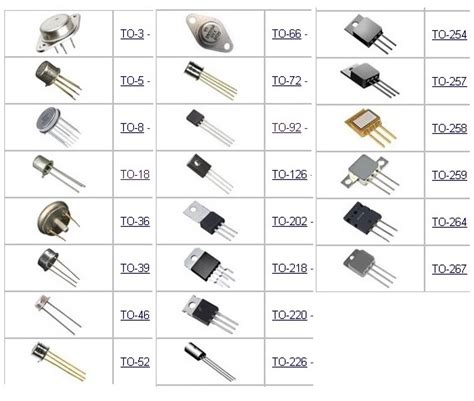
2SC2879: Everything you Need to Know and More!
Introduction to the 2SC2879 Transistor The 2SC2879 is a high-frequency, high-power NPN bipolar junction transistor commonly used in RF power amplifier applications. This transistor is[…]
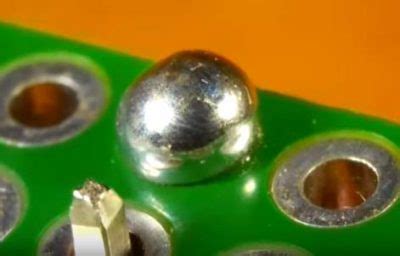
PCB Soldering-15 Common PCB Soldering Problems to Avoid
Importance of Proper PCB Soldering Proper PCB soldering is essential for several reasons: Reliability: Well-soldered connections ensure that the electronic device functions reliably and without[…]
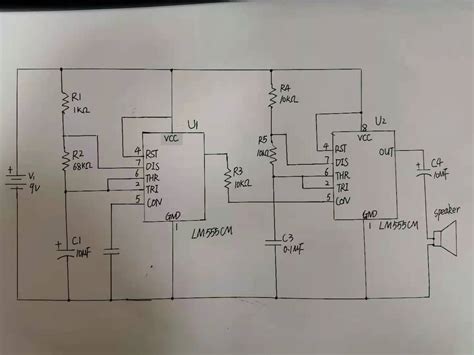
Simple Siren: Circuit and Working Principle
What is a Siren Circuit? A siren circuit is an electronic circuit that generates an oscillating sound, typically used for alerting or warning purposes. The[…]

Electrical Engineering-Top 50 Resources for Electrical Engineers
Online Courses and Tutorials MIT OpenCourseWare – Electrical Engineering: Access free lecture notes, exams, and videos from MIT’s electrical engineering courses. Link Coursera – Electrical[…]
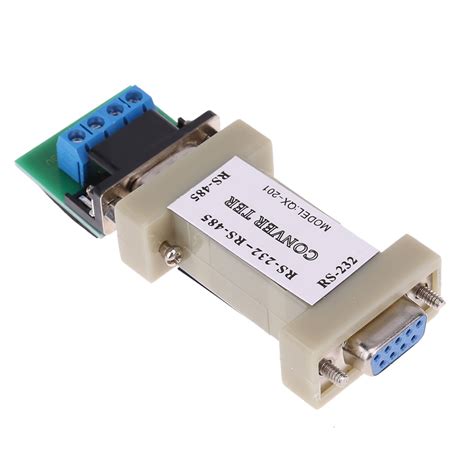
RS485 Connection: Serial Interface Explained
Introduction to RS485 Serial Interface RS485, also known as TIA-485(-A) or EIA-485, is a standard defining the electrical characteristics of drivers and receivers for use[…]
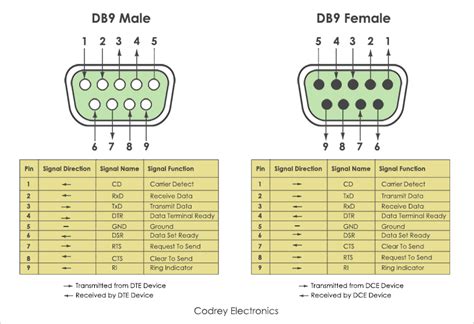
RS232 Versus RS485: Which Is Better, RS232, or RS485?
What is RS232? RS232, also known as EIA232, is a standard for serial communication that defines the electrical characteristics and timing of signals, the meaning[…]